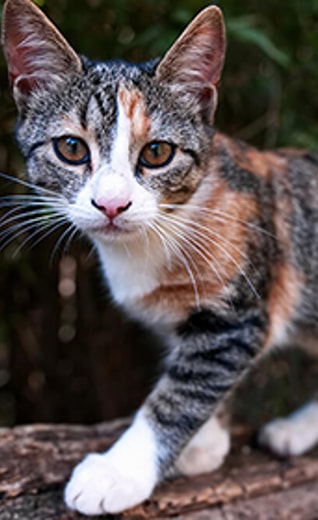
Understanding Kitten Food Nutrition Labels
Confused by the ingredient list on your kitten’s food? You’re not alone. Marketing pet foods that have “human-grade ingredients” is becoming commonplace. While appealing to many pet owners, it is important to be aware that the term “human grade” has no legal definition and is used primarily for marketing purposes.
Foods, typically meats, are labeled either as “edible” or “inedible, not for human consumption.” Once a food leaves the human food chain, even if it is of outstanding quality, it has to be labeled “inedible, not for human consumption.” Therefore, meats used in pet food must be labeled as “inedible,” regardless of the source or quality of the meat. The only way to make a pet food with ingredients deemed “edible” is to never let the meat leave the human food chain and actually manufacture the pet food in a human food facility and transport it using human food trucks. Therefore, advertising a product as containing “human-grade ingredients” is untrue if it is not manufactured in a human food facility. However, just because a pet food isn’t marketed as being “human grade” does not mean that the ingredients are poor quality.
Here are some tips to help understand ingredient labels:
- The ingredient list is not the only method you should use to select a pet food, because it doesn’t provide pet owners with enough information about the quality of the ingredients or the nutritional adequacy of the overall diet.
- Instead of concentrating on ingredients, pet owners and veterinarians should look at the AAFCO nutritional adequacy statement and the quality control protocols of the manufacturer. For more information, see the World Small Animal Veterinary Association’s brochure “Selecting the Best Food for your Pet,” available a www.wsava.org/nutrition-toolkit.
- The ingredient list may be arranged to make foods as appealing as possible to consumers by the order of the ingredients (e.g., having lamb first on the ingredient list) or inclusion of seemingly desirable ingredients in the diet, but often in such small amounts that they have little or no nutritional benefits (e.g., artichokes and raspberries listed after the vitamin and mineral supplements).
- Having more ingredients does not make a diet more nutritious.




